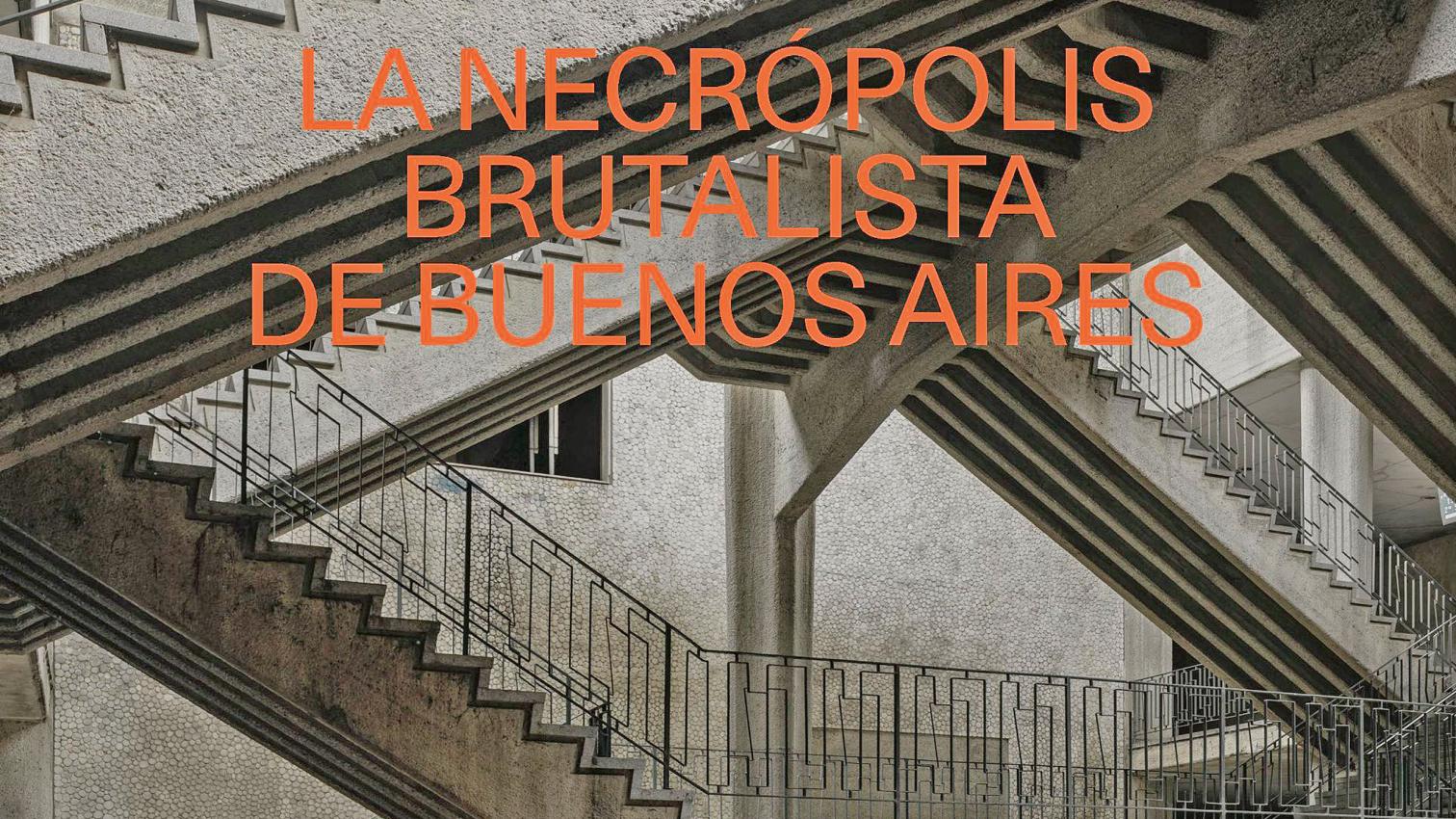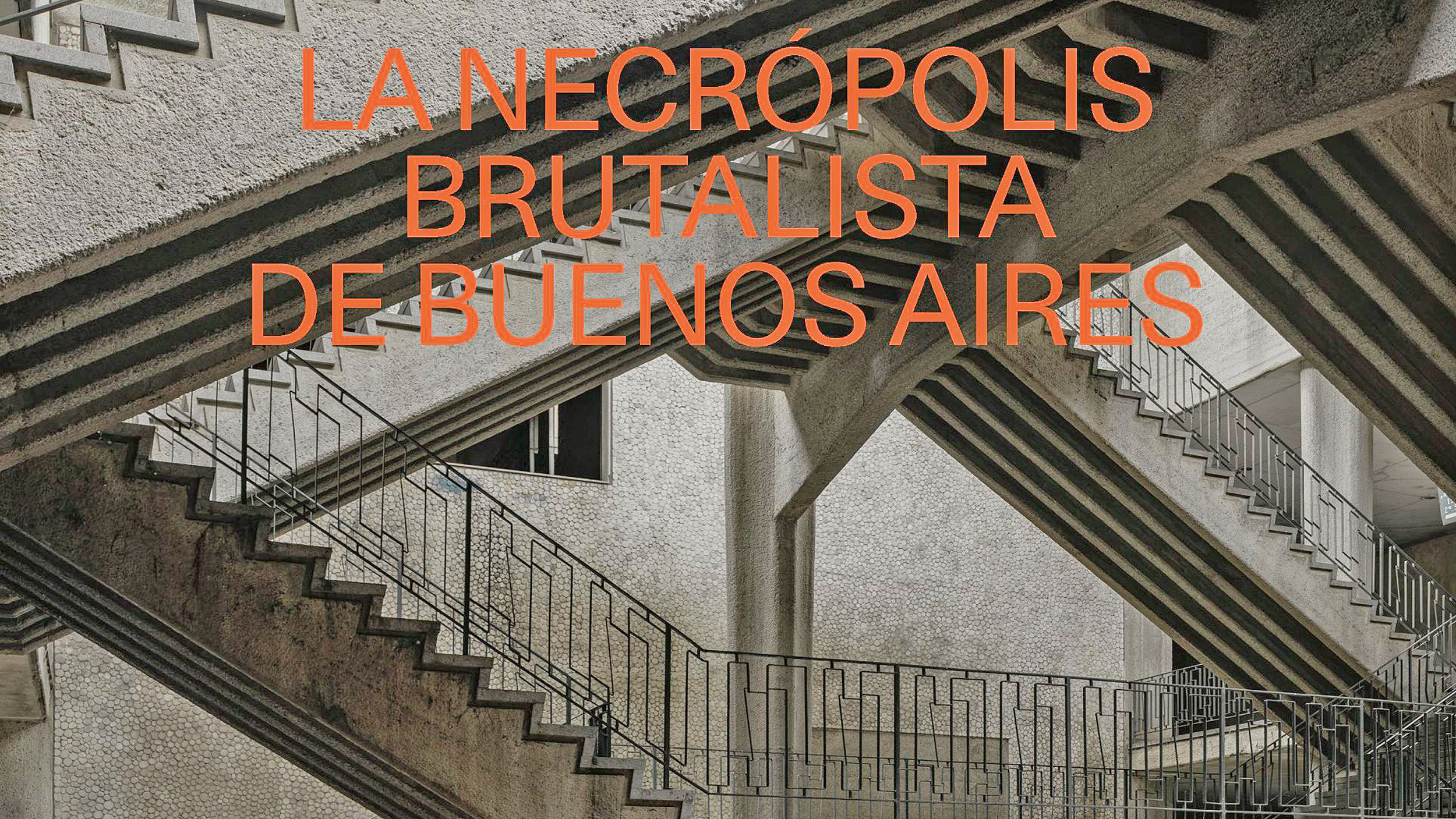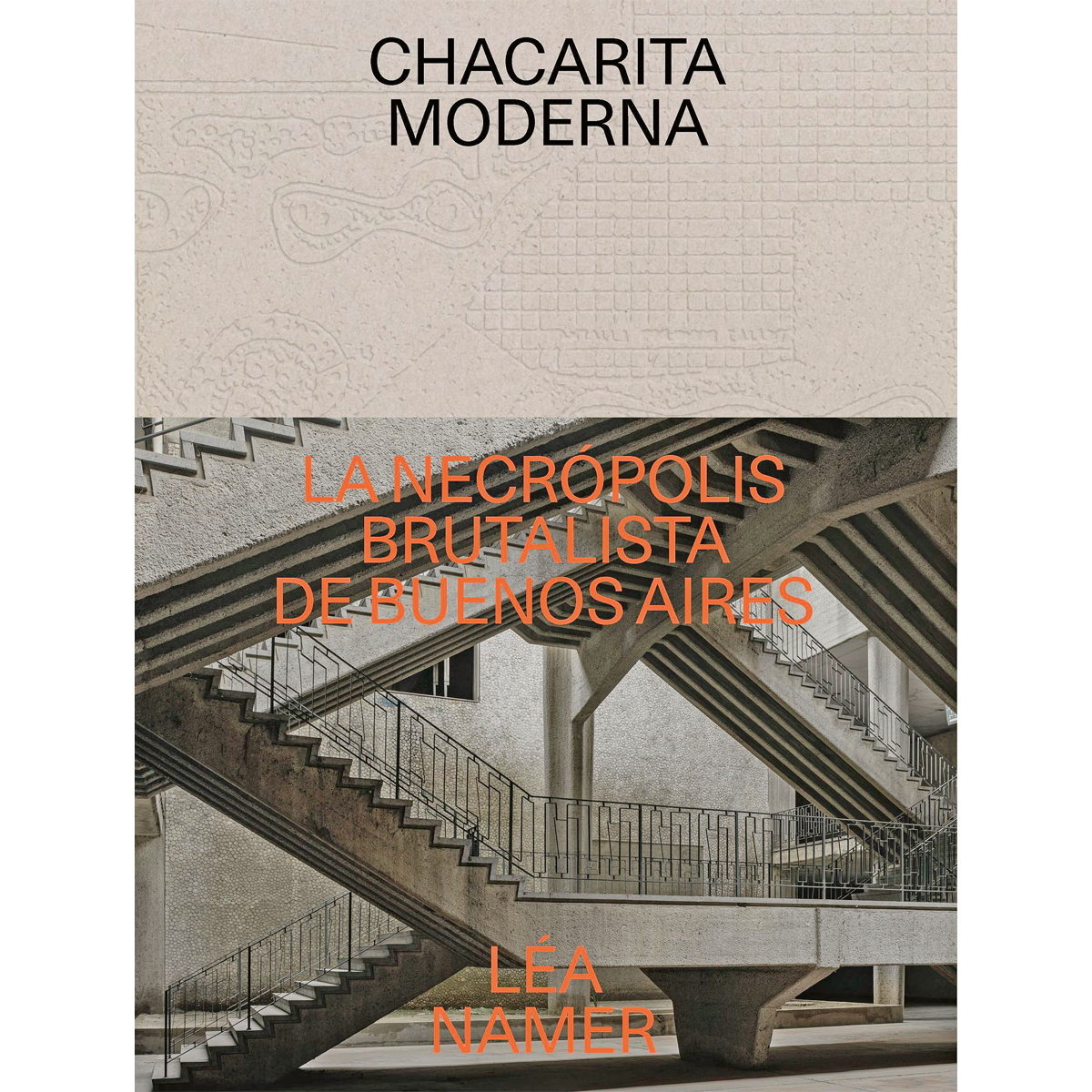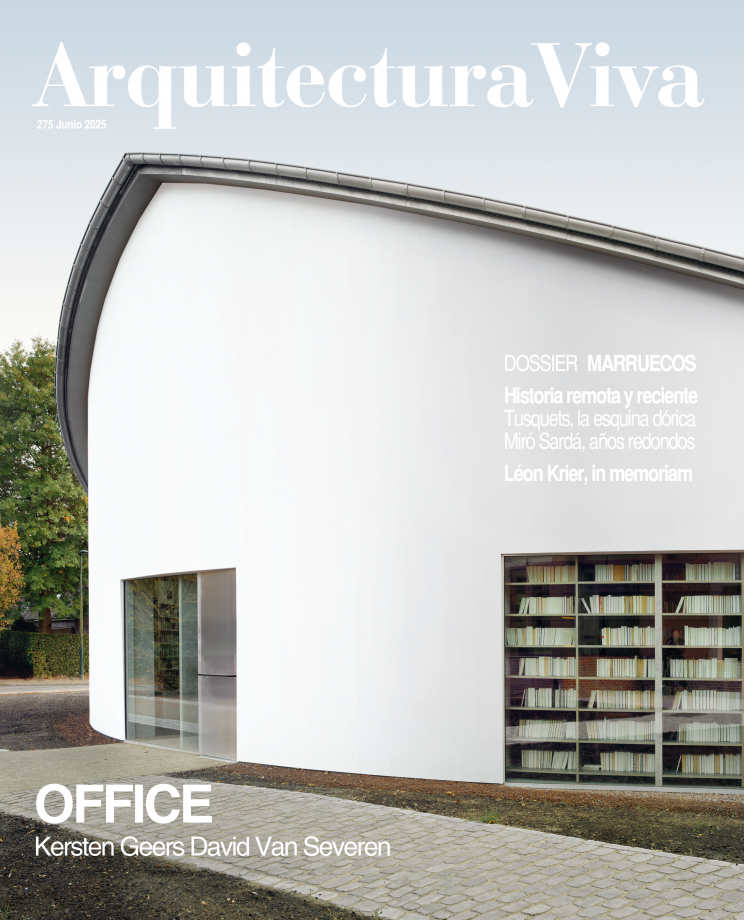
Many good stories are the product of chance. As in a Borges tale, in the spring of 2014 Léa Namer stumbled upon the Sexto Panteón of the Chacarita Cemetery in Buenos Aires: a maze of niches, stairs, and light wells under a meadow. After the katabasis, the French architect let herself be guided by curiosity and a detective’s instinct, and dove into an overwhelming but underdocumented project. The surprise was immense when she discovered that the mortuary complex was the work of a woman: Ítala Fulvia Villa.
Not that the latter, only the sixth Argentine woman architect, was a complete unknown; it took Namer little time to find her on the Internet, and there were researchers already dusting her biography. Yet Villa was a near nobody: her output was small, and the brutalist necropolis, her masterpiece, had too often been attributed to Clorindo Testa, who, as Namer learned, had only been a young assistant. A personal obsession became an earnest investigation and effort to cure the collective amnesia around a pioneer.
Namer recounts this in ‘Letter to Ítala,’ the bulk of the book, addressed to her who, after a long chain of clues, emerges as a Divine Comedy reader, Grupo Austral member, and collaborator in Le Corbusier’s plan for the Argentinian capital before settling as a public-works functionary under Perón. Contextual articles and dazzling photographs by Federico Cairoli walk us through a life left on the margins and through a grave, delicate oeuvre which finally is appreciated and tended like a rose amid marbles.







